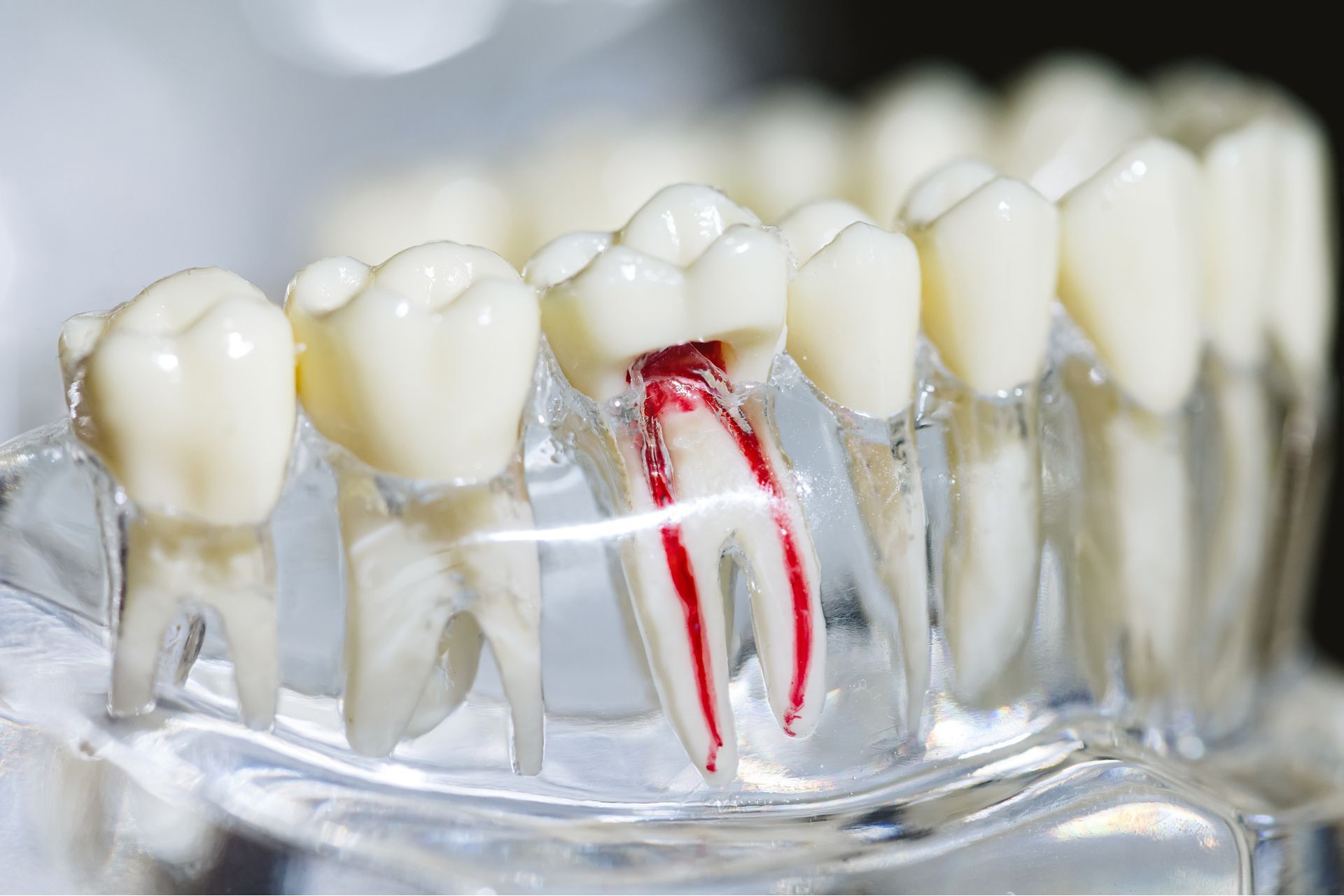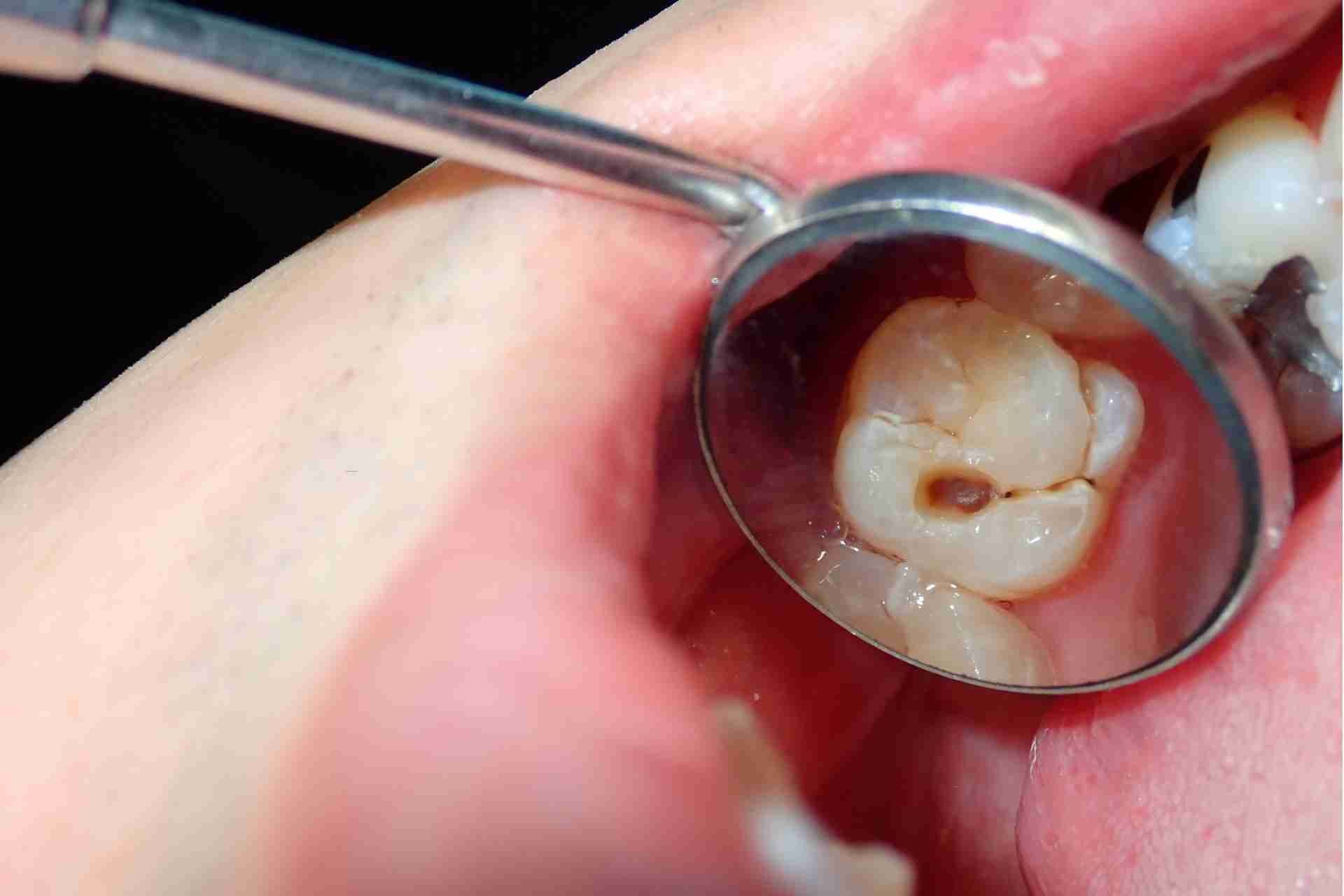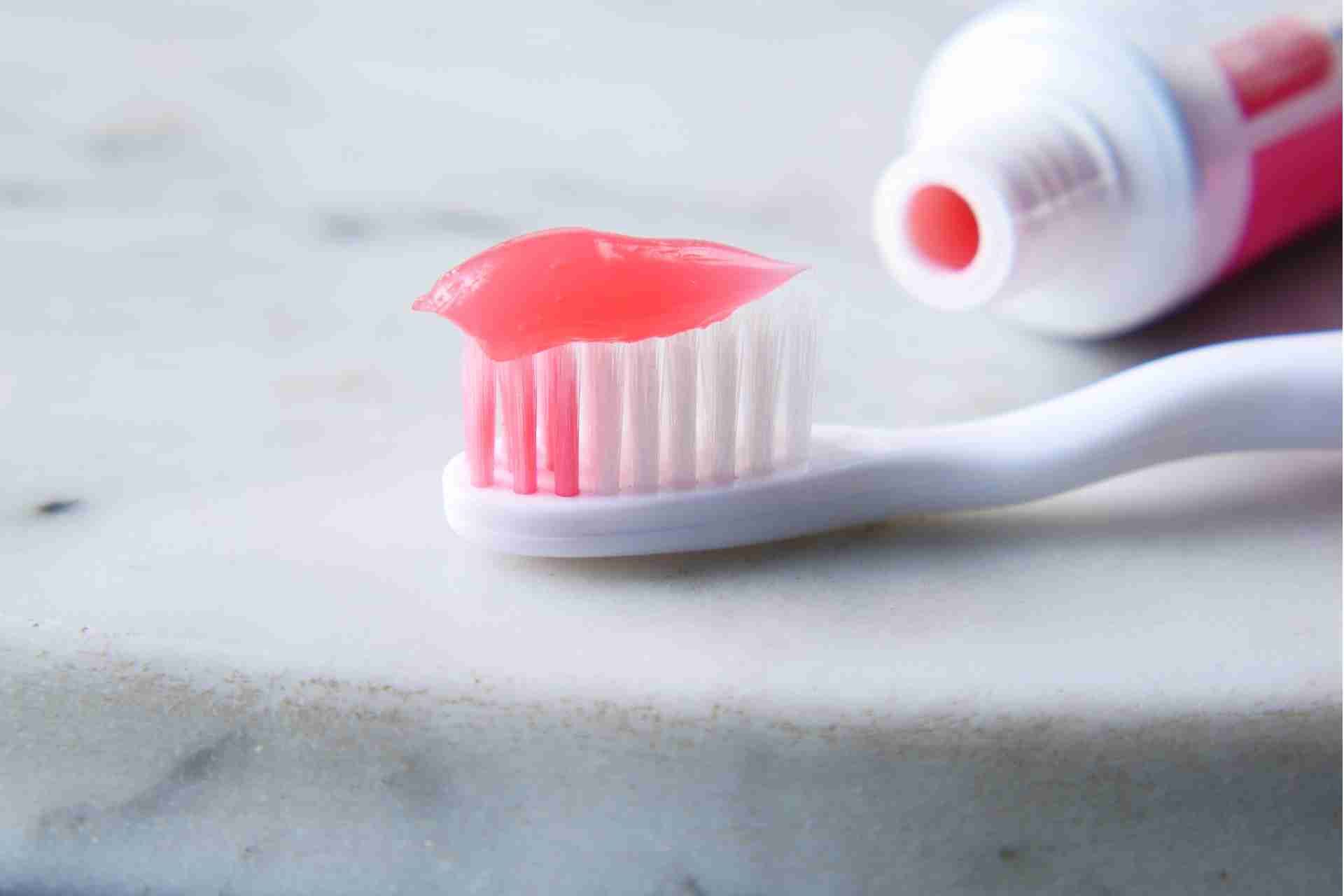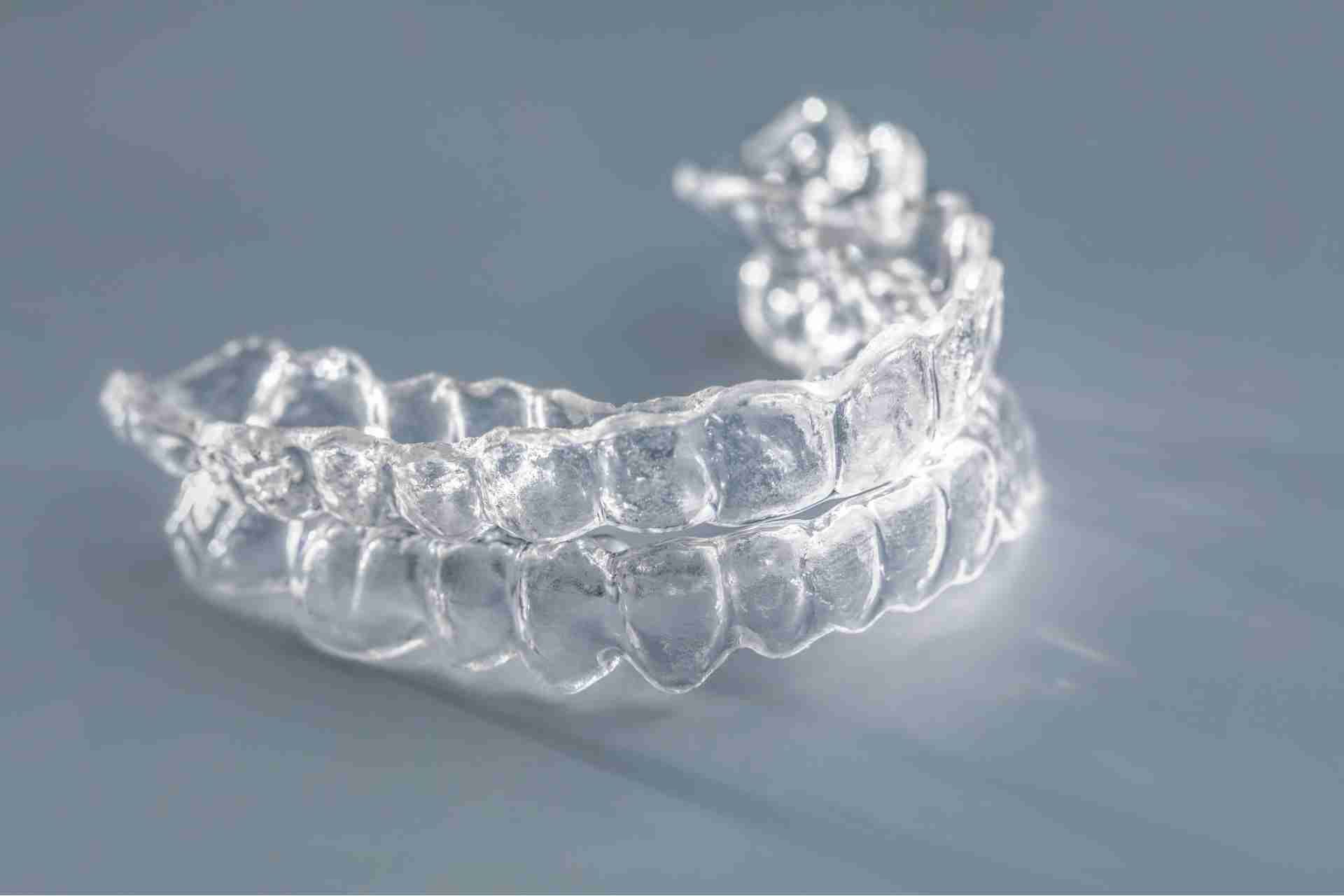Step by Step Root Canal Procedure

Root canal treatment is a common dental procedure that is necessary when the pulp of a tooth becomes infected or inflamed. While the thought of a root canal may be intimidating to some, it is actually a relatively simple and painless procedure when performed by a skilled dentist.
If you are scheduled for a root canal procedure, it can be helpful to understand what to expect during the process. In this step-by-step guide, we will walk you through the typical root canal procedure so that you can feel more informed and prepared on the day of your appointment.
Step 1: Initial consultation and X-rays
The first step in the root canal procedure is to schedule an initial consultation with your dentist or endodontist. During this consultation, your dentist will take X-rays of your teeth to determine the extent of the infection and assess the overall health of your tooth. X-rays are essential in determining the exact location of the infection and planning the root canal treatment accordingly.
Step 2: Local anesthesia
Before starting the root canal treatment, your dentist will administer local anesthesia to numb the area around the affected tooth. This helps ensure that you do not feel any pain during the procedure.
Step 3: Accessing the tooth
Once the area is numb, your dentist will create a small opening in the crown of the tooth to access the infected pulp chamber. This opening allows the dentist to remove the infected pulp and clean out the root canals.
Step 4: Removing the infected pulp
Next, your dentist will use specialized tools to remove the infected pulp from the pulp chamber and root canals. The tooth is then thoroughly cleaned and disinfected to ensure that all bacteria are removed.
Step 5: Cleaning and Shaping the Root Canals
After the infected pulp has been removed, the root canals inside the tooth will be cleaned and shaped to prepare them for the filling material. This process helps ensure that all bacteria and debris are removed from the canals to prevent future infections.
Step 6: Filling the Root Canals
Once the root canals have been cleaned and shaped, your dentist will fill them with a biocompatible material called gutta-percha. This material helps seal the canals to prevent bacteria from entering and causing further infections.
Step 7: Sealing the Tooth
After the root canals have been filled, your dentist will seal the opening in the tooth with a temporary filling or crown. This will help protect the tooth while a permanent crown is made to restore its appearance and function.
Step 8: Follow-Up Visit
In some cases, a follow-up visit may be necessary to ensure that the root canal procedure was successful and that the tooth is healing properly. Your dentist may also recommend a permanent crown to be placed on the tooth to protect it from further damage.
Root Canal Treatment Aftercare
While the procedure itself is relatively painless, proper aftercare is essential to ensure the success of the treatment and prevent any complications.
Here are some important aftercare tips to follow after having a root canal treatment:
Take pain medication as prescribed
It is normal to experience some discomfort and pain after a root canal treatment. Your dentist may prescribe pain medication to help manage the pain. Make sure to take it as directed to alleviate any discomfort.
Avoid chewing on the treated tooth
To prevent any damage to the treated tooth, try to avoid chewing on it until the permanent crown is placed. Stick to soft foods and avoid chewing on hard or sticky foods that can cause the filling to come loose.
Practice good oral hygiene
Maintaining good oral hygiene is crucial after a root canal treatment. Brush and floss your teeth regularly to prevent any further infection. You may also be advised to rinse your mouth with a saltwater solution to help reduce swelling and pain.
Avoid smoking and alcohol
Smoking and alcohol can slow down the healing process and increase the risk of infection. Try to avoid smoking and limit your alcohol intake to promote faster healing.
Attend follow-up appointments
Your dentist may schedule follow-up appointments to check on the progress of your treatment. Make sure to attend these appointments to ensure that the root canal treatment was successful and no further action is needed.
Be mindful of any signs of infection
If you experience persistent pain, swelling, or discharge from the treated tooth, it may be a sign of infection. Contact your dentist immediately if you notice any of these symptoms to prevent any further complications.
Do you need a root canal?
When you visit Pennington Orthodontics & Pediatric Dentistry for a root canal, you can expect personalized care tailored to your individual needs. Our skilled dentists will carefully evaluate your condition, explain the procedure in detail, and answer any questions you may have. We use the latest technology and techniques to ensure a successful and pain-free root canal, and we will work closely with you to ensure a smooth and speedy recovery.
If you are in need of a root canal, trust the experts at Pennington Orthodontics & Pediatric Dentistry to provide you with top-notch care and results.
Call us at (609) 737-3700 today to schedule an appointment and take the first step towards a healthier and happier smile.












